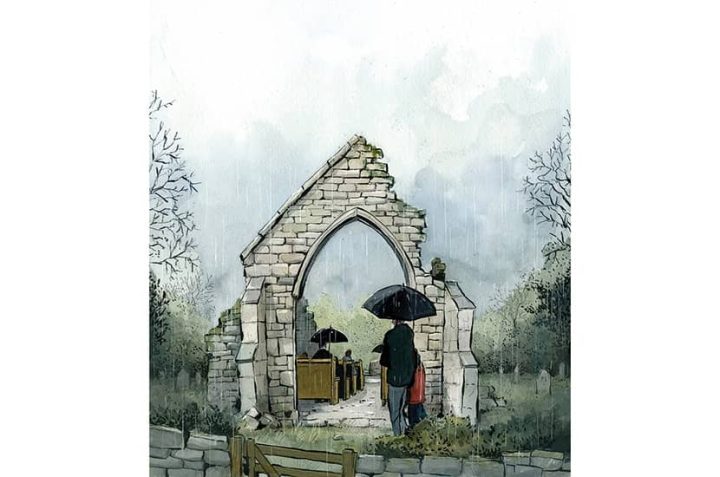Over the past few months, the Archbishops of York and Canterbury have repeatedly assured us that they love parishes and parish churches. ‘I am passionate that the parish is essential,’ the Archbishop of Canterbury told the Church Times recently. The Archbishop of York went so far as to describe the parish as ‘the beating heart of community life in England’. So why are they supporting a change to church law to make it easier to close parish churches?
The paper which proposes the change is at stage one of a three-stage approval process. It has the unsexy name GS 2222, so I call it the ‘Church Closers’ Charter’. Its introduction is written by someone whose job title is Head of Pastoral and Closed Churches, and she writes that the purpose of the legal change is to simplify existing legislation so as ‘to manage the disposal of churches no longer needed for regular public worship’, for which there needs to be ‘faster processes which would allow for an increase in closures over time’. The need for simplification, she says, was identified ‘after discussion with dioceses’.
The Church of England’s comms teams have mastered the art of shrouding significant changes in bureaucratic language so dull that few bother to read on to discover what is actually happening — hence GS 2222. The proposal made its first General Synod appearance in July. It is now at the stage of public consultation (which ends on 31 October) before it goes back to General Synod in February. A close reading of the document shows that it very much does not just propose to simplify existing legislation. It is an un-transparent, anti-democratic piece of proposed legislation which will, if implemented, shift power from the local (parishes) to the centre (dioceses). It is a stealthy power grab.
The C of E is missing a chance for real reform.







Comments
Join the debate for just £1 a month
Be part of the conversation with other Spectator readers by getting your first three months for £3.
UNLOCK ACCESS Just £1 a monthAlready a subscriber? Log in